Title: Application of Cores and Binders in Metalcasting
- Core Research Objective: To provide a comprehensive overview of the fundamental principles and recent global advancements in core and binder technologies used in metalcasting processes. The study focuses particularly on inorganic binders, which have gained renewed interest. The aim is to describe the basic technical characteristics of salt and sand cores, along with organic and inorganic binder systems, and to trace the history and current status of commercially available solutions within the casting industry. The paper emphasizes new development directions designed to meet increasingly complex component design requirements and stringent environmental regulations.
- Main Methodology: This review paper employs a literature review methodology. It analyzes published research and technical information concerning core and binder technologies used in metalcasting. The paper compares and contrasts different core types (salt cores, sand cores) and binder systems (organic, inorganic), highlighting their characteristics, advantages, and disadvantages. The review also assesses the historical development and current market status of commercial core and binder technologies.
- Key Findings: High-pressure die casting demands cores with high strength and easy removal. While salt cores offer advantages for producing complex shapes, they have limitations in terms of strength and solubility. Ongoing salt core development focuses on achieving greater complexity and enhanced strength properties. The move away from organic binders in sand cores is driven by environmental concerns. Research into inorganic binders is prominent, aiming for environmentally friendly alternatives that match or exceed the performance of organic binders. The paper details commercial binder options (Cordis, GMBond, Ecolotec, AWB, Inotec, etc.), comparing their properties, strengths, and weaknesses, and highlighting their applications in various casting processes. Core coating technologies are also discussed as a means of enhancing core strength, preventing molten metal penetration, and facilitating easier core removal.
Research Team Information
- Affiliation: ¹CanmetMATERIALS, Natural Resources Canada; ²University of Waterloo, Department of Mechanical Engineering
- Authors: F. Czerwinski, M. Mir, W. Kasprzak
- Research Areas: Metalcasting, Materials Science, Foundry Engineering
Research Background and Objectives
- Industrial Background: The increasing demand for intricate and precise castings in diverse industries (automotive, aerospace) necessitates advancements in core and binder technologies. Improved core and binder systems are needed to enhance casting quality, reduce production costs, and minimize environmental impact.
- Specific Technical Challenges: The limitations of traditional cores and binders include insufficient strength for high-pressure casting, difficulties in core removal, and environmental concerns associated with volatile organic compound emissions from organic binders. The complexity of modern casting designs further exacerbates these challenges.
- Research Goals: To review and analyze existing core and binder technologies; to evaluate the performance of various commercially available systems; and to identify promising research and development directions for creating stronger, more precise, and environmentally sustainable core and binder materials for use in various metalcasting processes.
Main Objectives and Research Content
- Main Objectives and Research Content: A comprehensive review of core and binder technologies, including their fundamental principles, recent advancements, and commercial applications.
- Problems Addressed: Insufficient core strength for high-pressure casting, difficulties in core removal, environmental impact of organic binders, challenges in manufacturing complex core shapes.
- Step-by-Step Approach: The paper systematically examines salt cores, sand cores, organic binders, and inorganic binders. It reviews the properties of different core materials and binder systems, discusses the advantages and disadvantages of each, and compares the performance of commercially available solutions. The paper further analyzes core coating technologies and explores the development trends aimed at addressing the challenges mentioned above.
- Key Figures: The paper includes figures illustrating various aspects of core and binder technology: examples of components made with casting cores; various salt core manufacturing techniques; a sand core casting process; the effect of sand type on tensile strength; flow charts detailing core production processes; micrographs showing core structure; gas release comparisons for different binder systems; and tensile strength comparisons for several binder types.
Figure:
- Figure 1
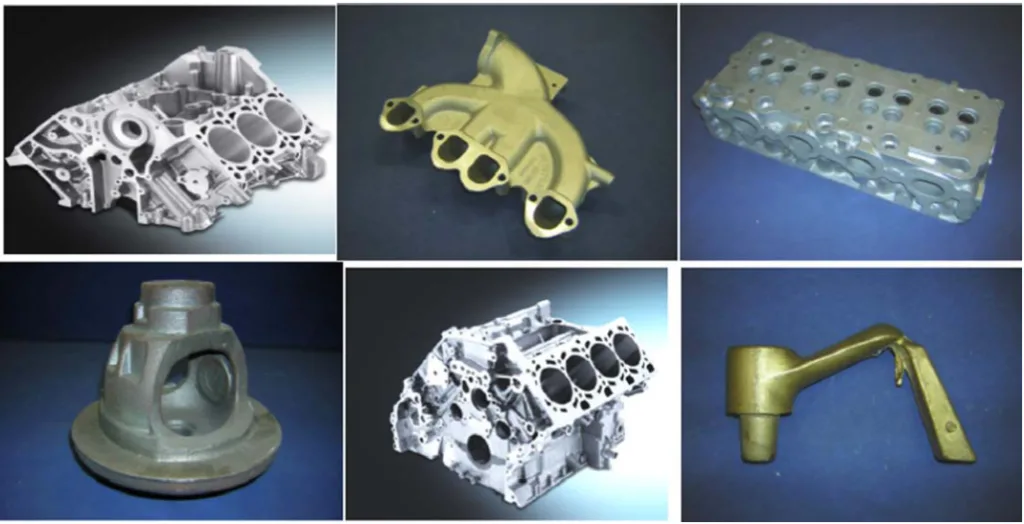
- Figure 2
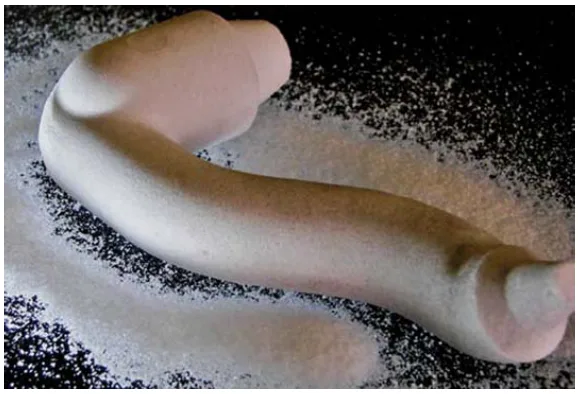
- Figure 3
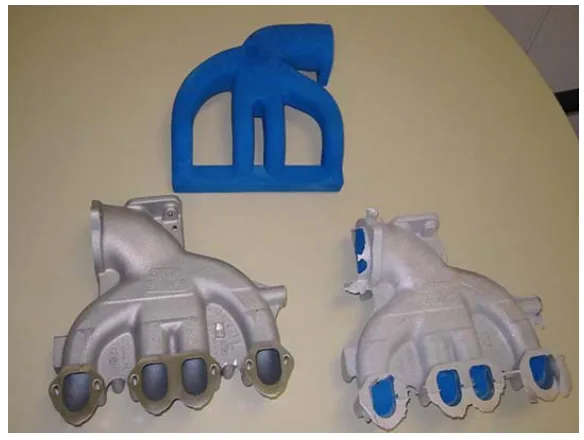
- Figure 4

- Figure 5
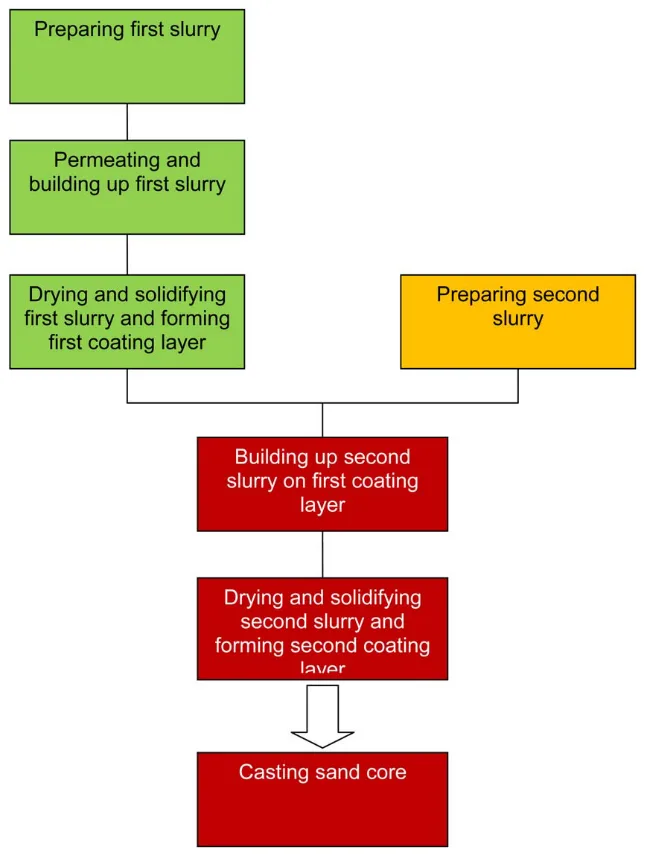
- Figure 6

- Figure 7
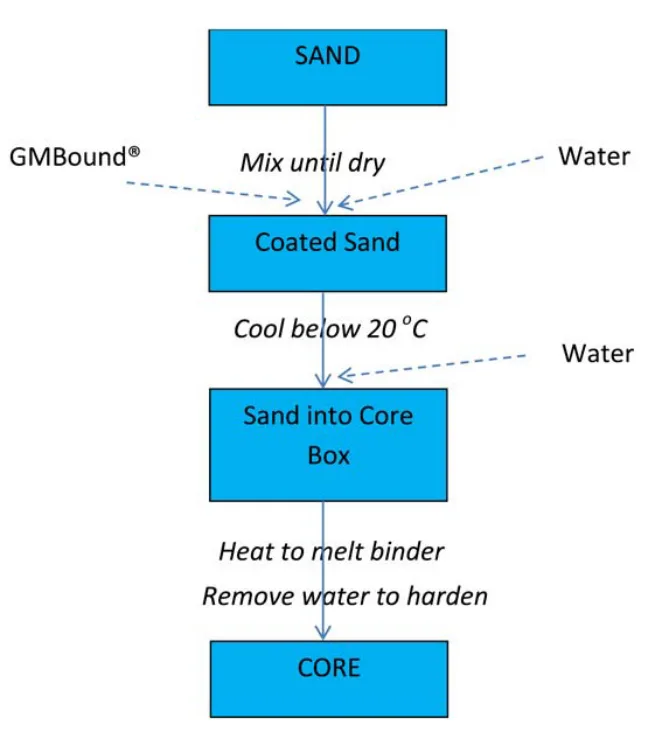
- Figure 8
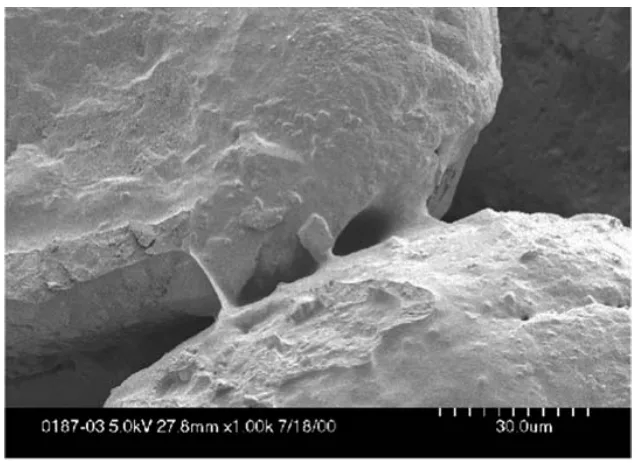
- Figure 9
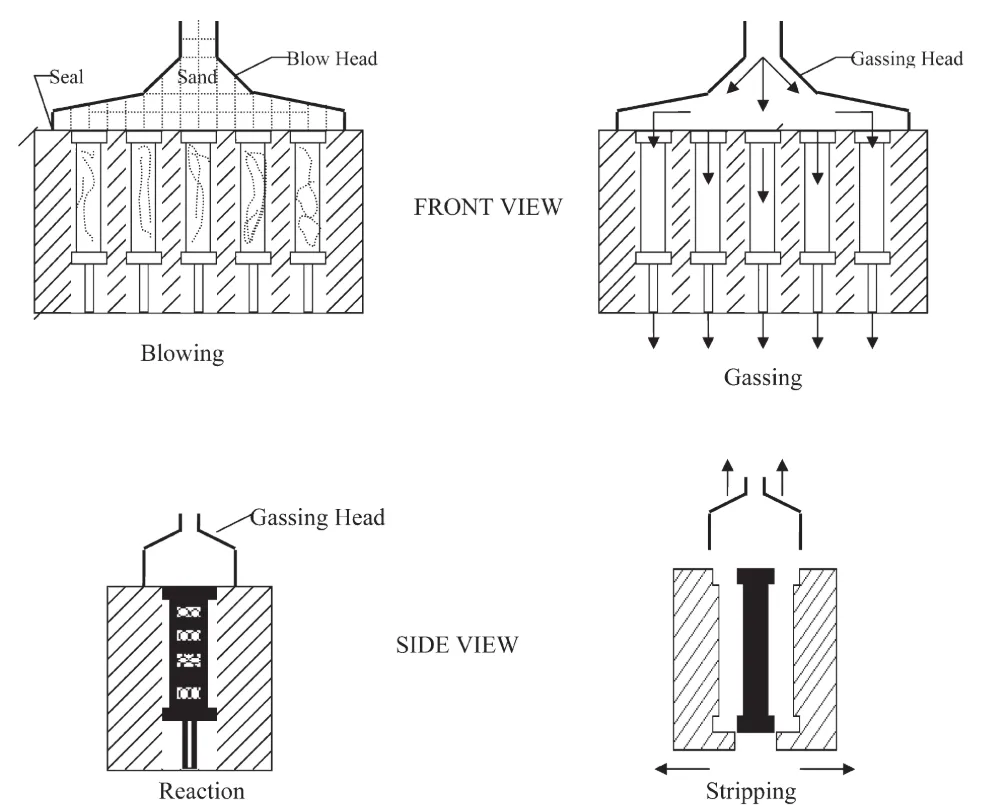
Results and Achievements
- Quantitative Results: The paper presents quantitative data on the tensile strength and other mechanical properties of various core and binder systems through tables and figures. Specific values are provided for the tensile strengths of different commercial binders under various conditions (e.g., with and without humidity). Gas emission data are also presented for comparison.
- Qualitative Results: The review highlights the advantages and disadvantages of various core and binder materials and systems. It identifies trends in the industry, such as the increasing shift towards environmentally friendly inorganic binders. The study also emphasizes the importance of core coating technologies for enhancing core performance and facilitating easier core removal.
- Technical Achievements: The paper presents a comprehensive review of the state-of-the-art in core and binder technologies, identifying successful commercial solutions and highlighting promising areas for future research and development. The findings help to guide the development of more efficient, cost-effective, and environmentally responsible metalcasting processes.
Copyright and References
This summary is based on the paper "Application of cores and binders in metalcasting" by F. Czerwinski, M. Mir, and W. Kasprzak.
Paper Source: DOI 10.1179/1743133614Y.0000000140
Copyright © 2025 CASTMAN. All rights reserved.
This summary is based on the above-mentioned paper and is not permitted for commercial use.